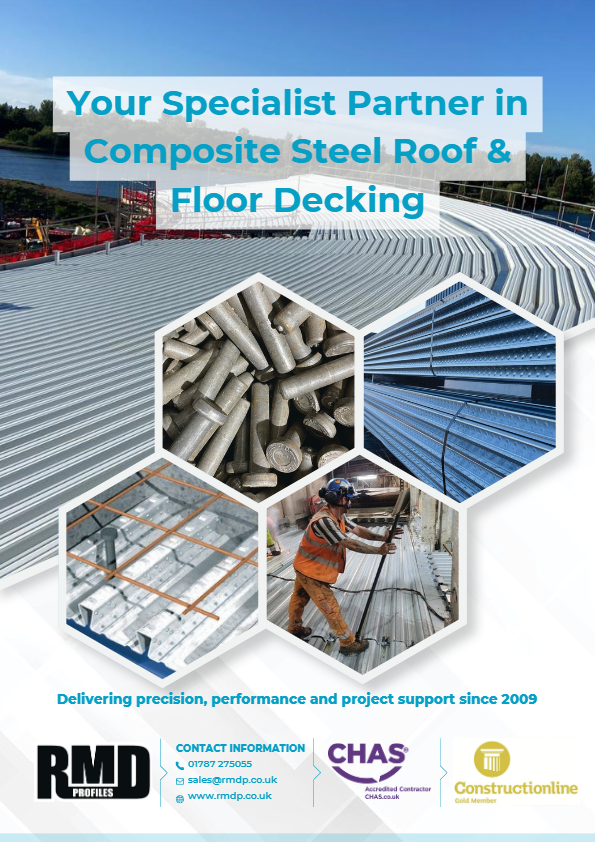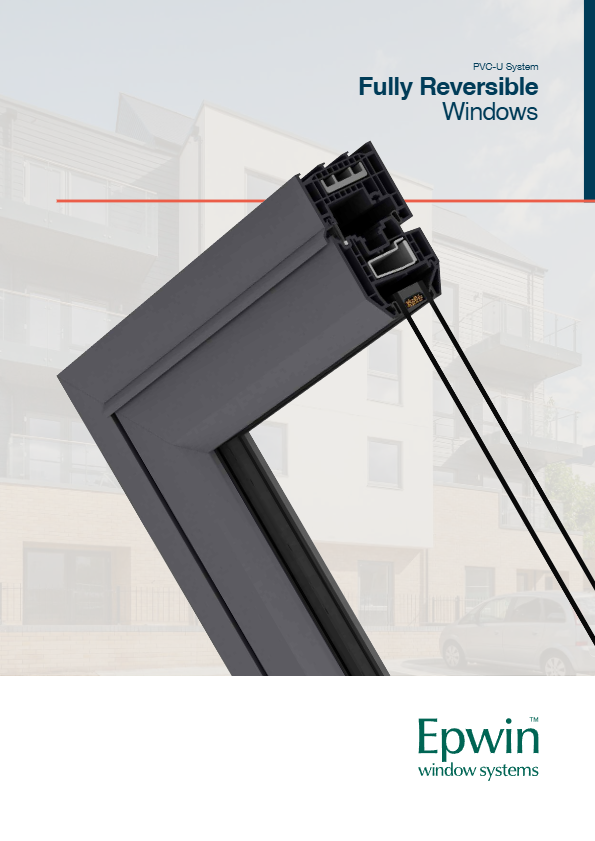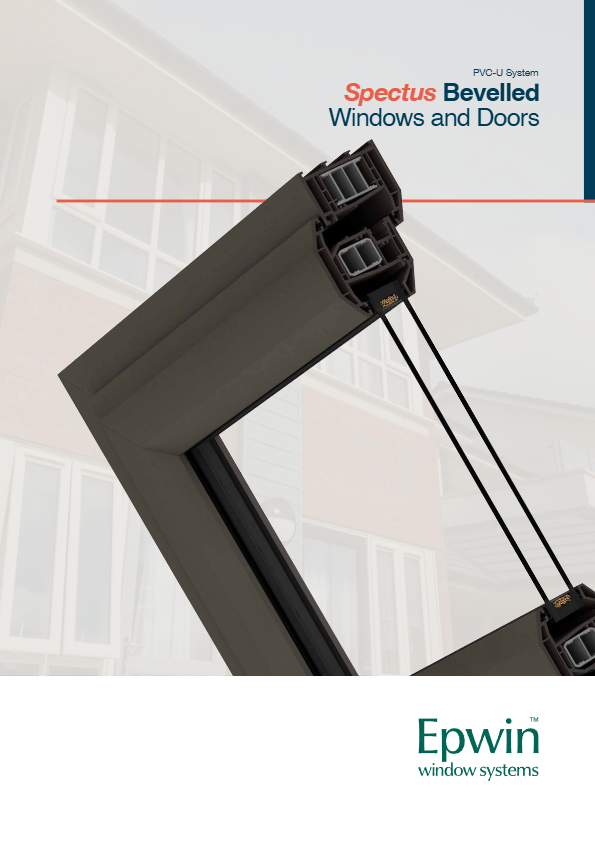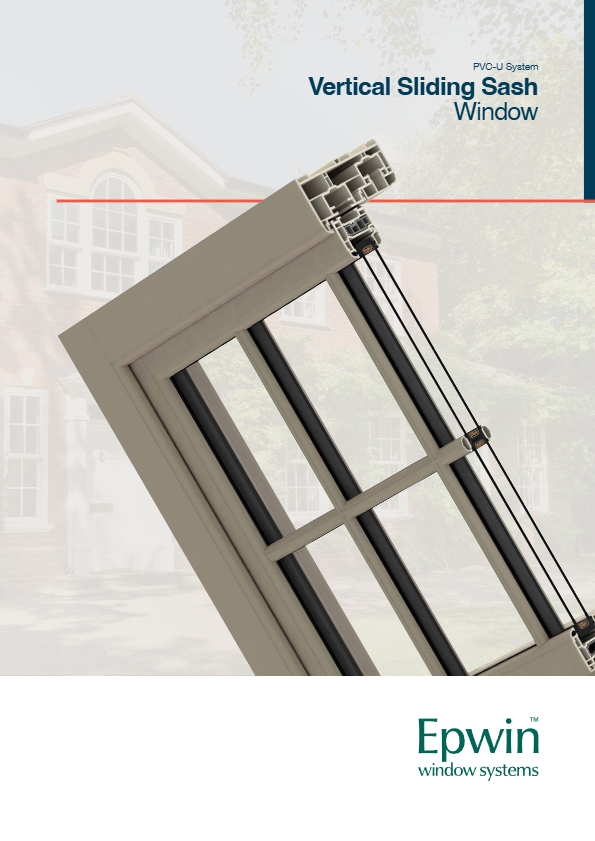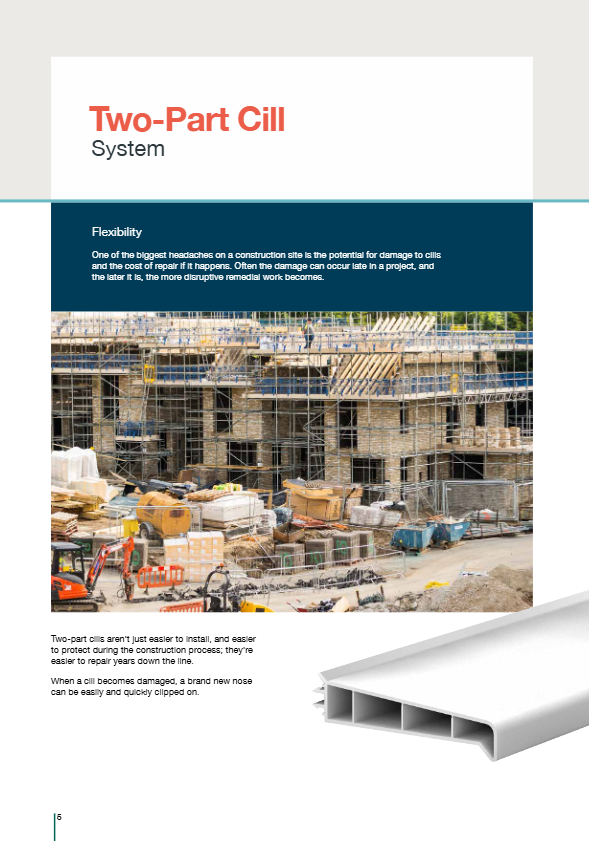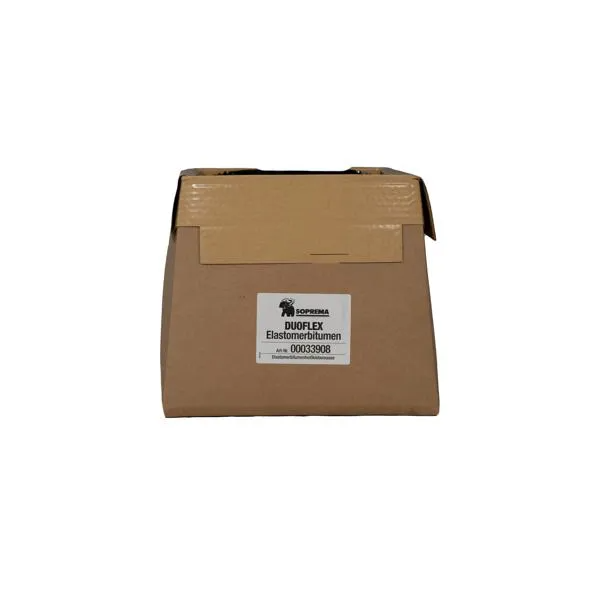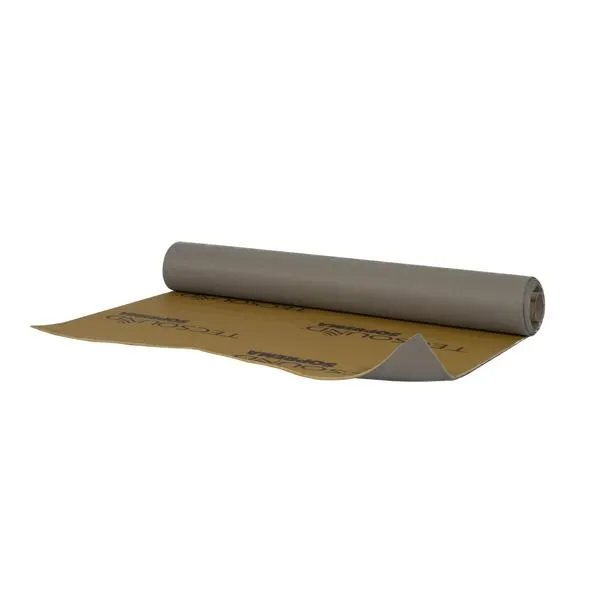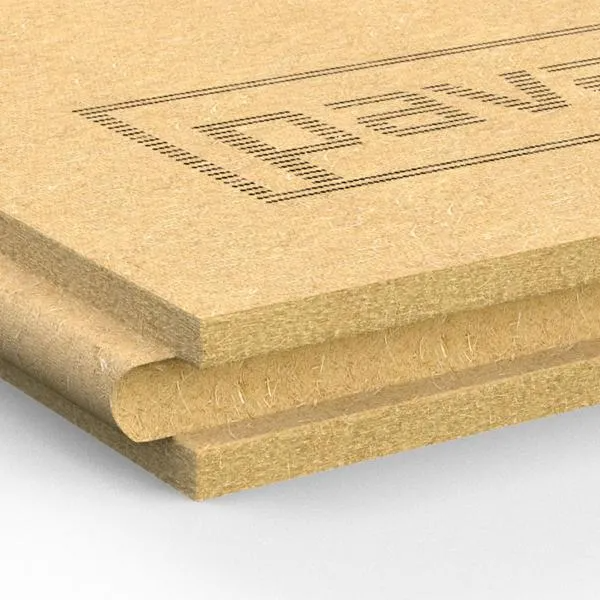Innovative technology that draws heat from the sea is proving effective in keeping one of Orkney’s newest buildings warm.
The Warehouse Buildings – Orkney Islands Council’s multi-purpose facility in Stromness – are the first in the islands to be fitted with a sea-source heat pump, which uses warmth absorbed from Stromness harbour to provide heating for the buildings.
Monitoring over a 12-month period shows this to be a cost-effective choice for the offices, which house the town’s library and customer services team, and provide a work base for staff from a variety of Council services.
It also means that the Warehouse Buildings produce substantially less greenhouse gas emissions than if a more conventional source of heat was used.
The sea-source heating system from UK based ground source heat pump manufacturer, Kensa Heat Pumps, has a number of components.
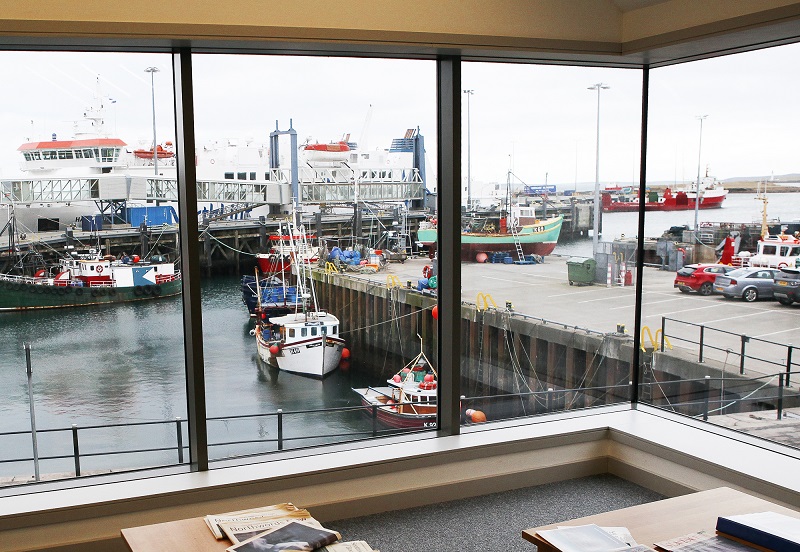
Coils of pipes fixed to 12 stainless steel platforms known as ‘pond-mats’ are sunk beneath a nearby pier and draw heat from the surrounding water.
The pipes feed this to a Kensa Plant Room ground source heat pump, which elevates the temperature of the water supplied to radiators and an underfloor heating system to 55°C – sufficient to keep the Warehouse Buildings comfortably warm.
The cost of the electricity used to run the 40 kilowatt (kW) heat pump was £1,550 over the 12-month period, compared to £2,420 for an oil-based system. Greater savings will result should the price of heating oil increase from its currently low level.
The carbon emissions linked to keeping the Warehouse Buildings warm are calculated to be six tonnes of CO2 per year, compared to more than 15 tonnes if an oil boiler had been fitted.
But the figure of six tonnes is based on the UK average for electricity generated for the National Grid.
In reality, electricity generated in Orkney results in considerably less carbon emissions – over the course of a year, the islands produce more electricity from renewable sources than is actually used by the local community, with the surplus exported to mainland Scotland.
James Stockan, who chairs the Council’s Development and Infrastructure Committee, said: “Across the country very few buildings currently use sea-source heating systems.
“As the Warehouse Buildings stand close to the sea, it made sense to opt for this innovative approach to keeping them warm and I am very pleased that the system is proving to be efficient and effective.
“As we’re using heat from the sea and electricity primarily from renewables, these buildings are an excellent example of how the Council is making significant steps towards creating buildings that are virtually carbon neutral in terms of their energy consumption.
“This investment clearly demonstrates our commitment to making best use of one of Orkney’s greatest assets – the abundant renewable energy we can harness from the wind and seas around us.”

Heat pumps of the type used at the buildings can utilise a number of heat sources. In traditional ground source heating systems the heat pumps are linked to pipes buried in coils in trenches or in boreholes deep underground.
Water is an excellent heat source due to its exceptional thermal conductivity and flow, which ensures constant energy replacement. Ponds, lakes, streams and rivers can be used as sources of heat – as well as the sea.
Guy Cashmore, Technical Director for Kensa Heat Pumps, which supplied the heating system, said: “Our very first heat pump in 1999 was actually designed to be installed on board a boat and, like the Warehouse Buildings, it uses sea water as the energy source.
“Many RNLI life boat stations use our sea water sourced heat pumps to heat the buildings. All Tamar Class RNLI lifeboats have our heat pump systems on board to keep the crew comfortable in high or low temperature conditions.”
The Warehouse Buildings opened in 2015. They welcomed a record number of visitors in July this year, with more than 3,850 people though the doors.











